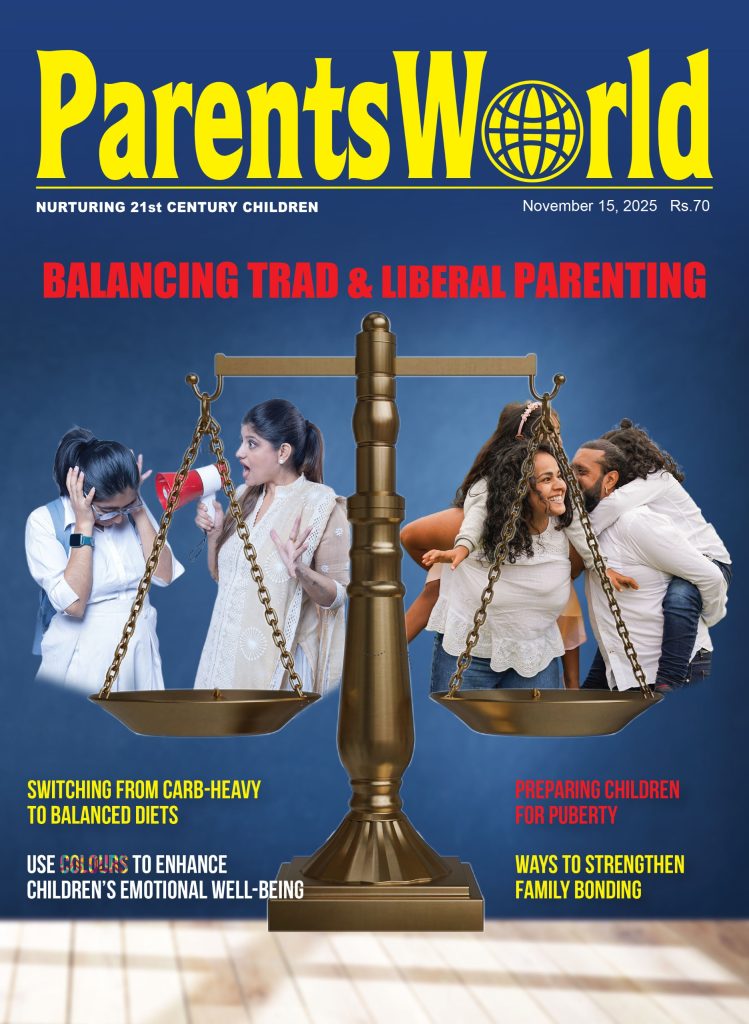Karnataka: Suffer little children
Reshma Ravishanker (Bengaluru)
The National Education Policy (NEP) 2020 presented to the nation after an interregnum of 36 years, accords high importance to early childhood care and education (ECCE). To the extent that it mandates integration of three years of compulsory ECCE into the formal school education system reconfigured as 3+5+3+4 to replace the previous 10+2 system which had no provision for ECCE.
However a new study of anganwadis in five districts of Karnataka reveals gross neglect of ECCE four years after NEP 2020 became law. Promoted under the Centre’s Integrated Child Development Scheme (ICDS, estb.1976), anganwadis are Central and state government run nutritional centres for newborns and lactating mothers which also provide rudimentary early childhood education to youngest children
The report, released in early June titled ‘Study of Anganwadis in 5 Districts of Karnataka, India: Infrastructure Facilities and Schemes through the Anganwadis’ and written by Ensuring Social Protection (ESP), a collective of NGOs and activists, reveals that a mere 25 percent of 315 anganwadis surveyed provide milk to children five days a week as mandated by the state government; only 21 percent have functional toilets; 18.7 percent lack a functional filter for drinking water; and over 70 percent compromise on mid-day meals as “vegetable supply had been halted for four years”. The anganwadis surveyed have found cheaper “food alternatives” compromising the nutritional needs of youngest children.
The timing of this report — soon after the state government announced plans to upgrade the state’s 65,000 anganwadi centres (AWCs) with an enrolment of 3.6 million children — has embarrassed the year-old Congress party government which against expectation, was voted to power in Bengaluru with a large majority primarily because it promised a wide range of freebies. Among them: including free bus travel for women, free electricity upto 200 units, and Rs.2,000 monthly assistance to women heading families. However, the mandate of NEP 2020 to integrate ECCE with primary schools is bad news for the state’s 69,000 anganwadi workers, who fear for their jobs.
Therefore in early June, the state government assured them it will not promote any new pre-primary sections in its schools beyond the 2,786 already sanctioned. AWC workers were assured the government will focus on training them to deliver formal ECCE. Now with the ESP report exposing the pathetic condition and record of AWCs in fulfilling their primary mandate of providing nutrition to youngest children, educationists are sceptical about their preparedness to provide acceptable quality pre-primary education.
“Anganwadis need significantly greater budgetary allocation. It’s sad that the Union Budget 2024-25 has not increased allocation to the ICDS programme. Nor did it talk about the government Poshan bhi padhai bhi and Saksham (nutrition with learning schemes) for anganwadis. If anganwadis are to be upgraded and AWC workers trained to deliver ECCE, the Centre and states need to substantially boost budgetary outlays for AWCs,” says Dr. Venita Kaul, professor (emirata) and founder-director of Centre for Early Childhood Education and Development at Ambedkar University, Delhi.
As has been repeatedly highlighted by EducationWorld, which has been championing the cause of compulsory provision of professionally administered ECCE since 2010, the root problem is grossly inadequate provisions made for AWCs in the Centre and state government budgets. In the Union Budget 2024-25 presented to Parliament on July 23, Union finance minister Nirmala Sitharaman allocated a mere Rs.21,200 crore for the country’s 1.4 million anganwadis.
Similarly for 2024-25, Karnataka’s (Congress) government provided Rs.4,500 crore for the state’s 65,000 anganwadis with an enrollment of 3.6 million children — Rs.12,500 per child per year — an amount insufficient to provide adequate nutrition, let alone quality pre-primary education.
However, while admitting that “there’s a severe budget crunch”, Varalakshmi, president of CITU (Centre of Indian Trade Unions) which represents the Anganwadi Workers Association, believes that the ESP report does not present “an accurate picture” of the state’s anganwadis. “Data from just four districts cannot be extrapolated to represent the entire state. Who was questioned for the survey? Has someone authenticated the data? There are some anganwadis in the state which are doing an excellent job,” says Varalakshmi.
While there may be some model anganwadis in the state, it’s well-known that the great majority of them are in pathetic condition. For one, each AWC is managed by one cook-worker-teacher paid a rock-bottom monthly wage of Rs.8,000-10,000 — to increase which they frequently call strikes.
Meanwhile perhaps in response to the damning ESP Report, the state government has imprinted photographs of the chief minister, deputy chief minister and child welfare minister on newly issued notebooks for AWC children.
















Add comment